Adopting a Teddy Roosevelt Terrier
The Roosevelt terrier is an American breed of small to medium-sized terrier. The Teddy is shorter-legged and lower-set compared to the American Rat Terrier. Its bone density is higher than its smaller cousin. This is what makes it a good hunting dog. They make excellent companions for many owners. But what are the qualities of Roosevelt?
The head of the Roosevelt Terrier is proportional to its body size and resembles a wedge. The skull is broad and slightly domed but tapers slightly inward to the muzzle. The nose is wide and pointed, with triangular ears set on the outside edge of the skull. The tail is usually docked or carried loosely. This terrier is playful and loves to be active.
The Roosevelt Terrier is an active and intelligent breed. It can quickly pile on weight. To prevent this problem, be sure to provide plenty of exercises, give your Roosevelt Terrier twice-a-day walks, and give them the appropriate diet. Excess weight can shorten the life of your pet and increase the risk of heart disease, diabetes, and arthritis.
The Roosevelt Terrier is not considered fully mature until it reaches two or three years of age.
Unlike many other terrier breeds, he retains his puppy-like traits longer. Although he prefers to play and interact with humans, he can learn anything, including tricks, and is highly trainable. If you are considering getting a Teddy Roosevelt Terrier as a pet, it may be worth your time to do some research.
Though a healthy dog, the Teddy Roosevelt Terrier can develop various medical problems, such as hip dysplasia, elbow dysplasia, and eye conditions. Despite their relatively low occurrence, the Roosevelt Terrier is still highly durable and can live up to 16 years. They are highly intelligent and are easy to housetrain and learn new roles. They can also suffer from elbow dysplasia, hypothyroidism, and Von Willebrand’s Disease.
The Roosevelt Terrier makes an excellent watchdog. This breed is loyal and affectionate, making it the perfect pet for families. Roosevelt Terriers are great with children and can protect their families. However, the Teddy Roosevelt Terrier must be properly socialized and treated with respect around children. You need to give him plenty of attention and time to develop these skills. However, he will be worth the effort.
The Roosevelt Terrier has a long history.
Its ancestors came to the United States from England, and their breed standards were set by the United Teddy Roosevelt Terrier Club of America in 1996. Often confused with the Fox Terrier, it is a much older breed than the Manchester Terrier. But if you are looking for a new family pet, you should know more about the Teddy Roosevelt Terrier before you go out and buy one.
The Roosevelt terrier is a great choice for people who love dogs and are interested in history. This breed was named after Theodore Roosevelt after a terrier that he had used to eliminate rats in his White House. This dog is well-known for his public service and loyalty and will happily eat dessert from your plate if you let it. So, how do you choose a Roosevelt Terrier?
The Roosevelt Terrier originated from working-class immigrants and English miners.
Though it is possible that some terriers were crossed to produce the Roosevelt Terrier, this breed was officially recognized in 1999. The United Teddy Roosevelt Terrier Club of America set the breed standard in 1996. This breed is the first American-born to be accepted into the United Kennel Club as a separate breed. The Roosevelt Terrier is a loving and loyal dog that craves human interaction and affection. They are known for their eagerness to follow their master wherever they go.
Because of its short, smooth coat, the Roosevelt terrier does not need much grooming. However, it is still important to regularly bathe your Teddy Roosevelt terrier. You should also clean its ears with a cotton ball soaked in ear cleaner. Brushing your dog’s teeth is also necessary to prevent tartar buildup and maintain fresh breath. And don’t forget to trim their nails. If they are chewing on the floor, they might need help.

Meet Rose Camilla, an expert in the Terrier dog breed and an active writer and publisher. Camilla has been working with Terriers for over 12 years and her passion for them has only grown stronger with time. She has dedicated her life to understanding, training, and writing about Terriers.

